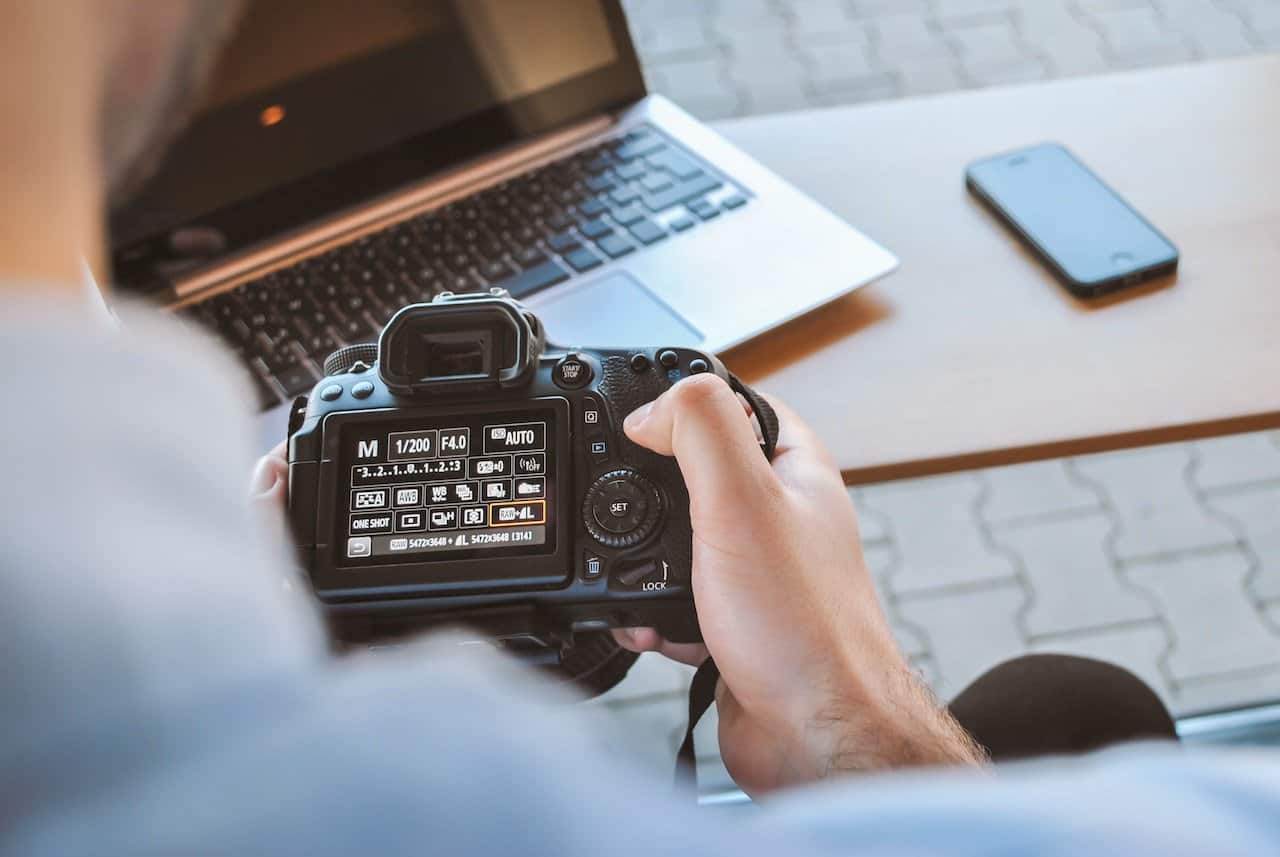
As an Amazon Associate we earn from qualifying purchases.
Taking incredible real estate photos isn't rocket science, but understanding shutter speed is vital. When it comes to shutter speed, knowing when to use which speed can make or break a photo and truly take your images up another notch!
By understanding how different types of shutter speeds affect your images, you can capture amazing real estate photos that will impress your clients.
So if you’re ready to take captivating real estate
Quick Navigation
Capturing the perfect photo relies heavily on getting just enough light into your camera. To make this happen, you'll want to adjust the shutter speed which measures how long my cameras' shutters stay open for each shot. The key is unlocking that ideal balance and capturing those magical moments in time with stunning accuracy.

Shutter speed is measured in fractions of seconds and usually ranges from 1/60 to 1/2000 or higher, depending on your camera type. Knowing which shutter speed is best will help you take sharp images without blur or motion distortion.
For example:
If you're looking to create a dreamy, hazy atmosphere or an emphasis on the details of your subject - shutter speed is key. Selecting just the right speed will help ensure your photos have that perfect balance.
You can change the shutter speed on your camera, by doing the following:
Keep in mind that lower speeds will work better if using a tripod. If not, you’ll likely need higher shutter speeds to prevent blurring.
High-quality real estate
When capturing real estate, it's essential to reflect the style of the property and create a particular atmosphere. Think about when best to shoot - whether you want daytime or nighttime images - as well as decide on your desired mood. All this will help make sure you get just that perfect shot.
Consider the following:
Achieving the right balance of light and shadow is also vital to beautiful real estate

As a photographer, you’ve probably heard that when it comes to shooting real estate, a 1/60th is the best all-purpose speed, but that’s not entirely true as I’ll now explain:
In other words, if you want to lock in on the perfect shot, your speed must be adjusted for a total harmony of exposure, focal point, and ISO. For example, when shooting interiors with typical details it's best to use 1/125th at 17mm which allows maximum light while keeping a sharp focus without having to crank up that ISO.
Of course, using the best shutter speed for real estate
To be able to scale your real estate
Mastering photo editings software like Photoshop and Lightroom can be a daunting task, especially when it comes down to advanced techniques like object removal and twilight editing - not to mention the money you'd have to fork up for these programs.
PhotoUp offers teams of dedicated real estate photo editors on call, ready to tackle any photographs so that nothing gets in way of running a successful
If using the right shutter speed when shooting real estate, you can capture stunning pictures with remarkable detail, depth, and clarity. Achieving the right balance of light and shadow will take your real estate
